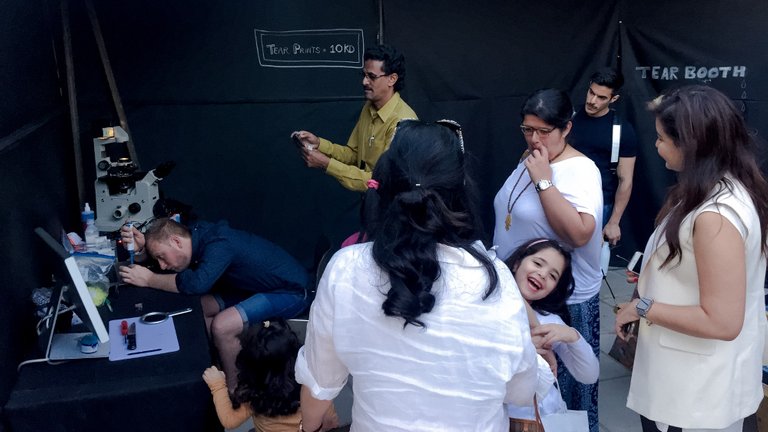
In April 2016 “Imaginarium of Tears” was part of the REUSE festival. A three day festival that took place in Kuwait featuring performances, installations, talks, workshops, meetings and inspiration
More than 50 artists representing 14 countries gathered in Kuwait this month for the annual Reuse festival, a live performance event founded nearly a decade ago.
The REUSE festival was initially envisioned in 2007 by Zahed Sultan, REUSE is a modular platform for progressive culture and society in the Arab world. For its Kuwait edition in 2016 REUSE will emphasise the informal exchange of ideas between participants and attendees, rather than following a conventionally structured program of events.
“With this edition of Reuse,” Sultan said, “I aspired to create a space for artists and audiences to interact using digital media, with an emphasis on light, sound and physical performance.”
This was the first time to go international with “Imaginarium of Tears” exhibition with its live experience.
It took quite some preparations to get there with the needed equipment and materials. This due the fact that traveling with a microscope with the size of 40 x 50 x 70cm and weight of 32KG is not easy. Equipment like this needs a good suitcase, so it was time to research some options, which finally led me to the PELICASE 1630 suitcase that would perfectly and safely fit the microscope without “any problems” except for its total weight when combined. The suitcase itself without modifications and filled with foam would be 16,3KG adding this to the total weight of the microscope this would mean it would have a combined weight of 48,3KG.
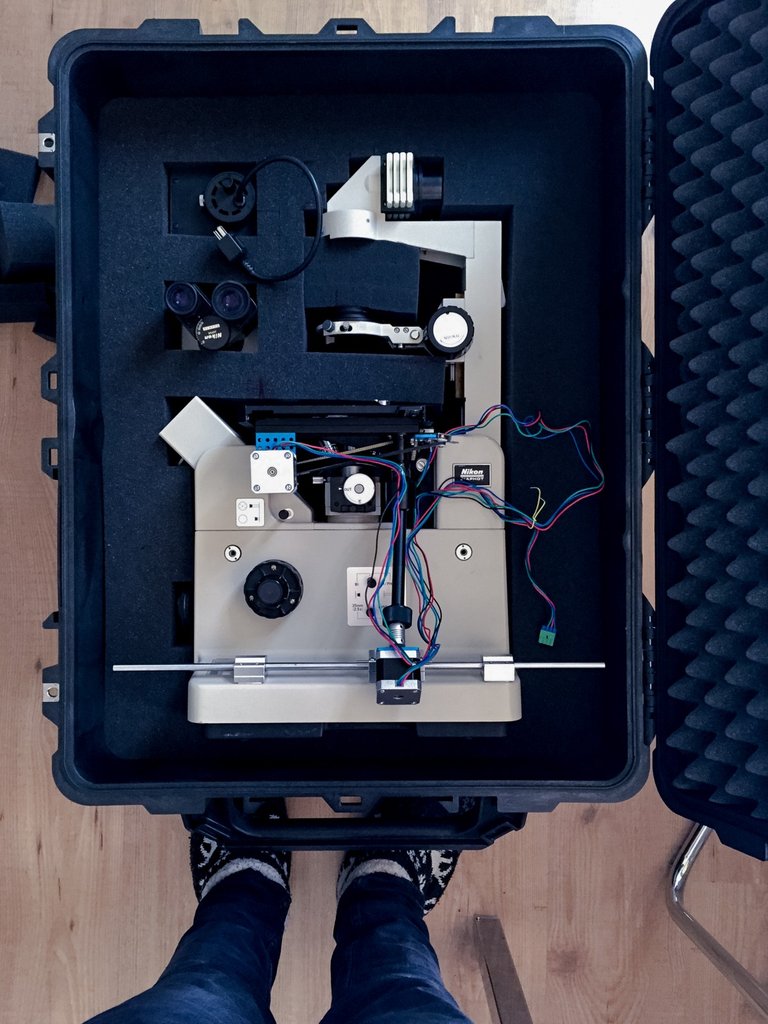
The Microscope nicely packed in the Pelicase (without top foam layer), assembled but to heavy for flying.
Normally the size and the weight of a suitcase would not be a problem. Unfortunately in this case flight regulations state that 1 item of luggage can not exceed the weight of 32KG. So this meant that I had to look for a solution to reduce its weight.
For every problem there is a solution; so I decided to find a way to safely disassemble he microscope with the DIY scanning stage and reduce the weight of the suitcase were possible. Once I started to disassemble the microscope, I figured out that its base of the microscope was the heaviest part of all parts. It’s weight was 19KG, and for the readers that can do some fast calculations this would still mean the total weight of 32KG would be exceeded with 3,3 Kilograms. So It was time to figure out another way of reducing its total weight, removing some parts like the trolly handle 2.1KG and some of the foam (1.1KG) did the final trick. Ending up with a total weight at the airport of 32.2KG.
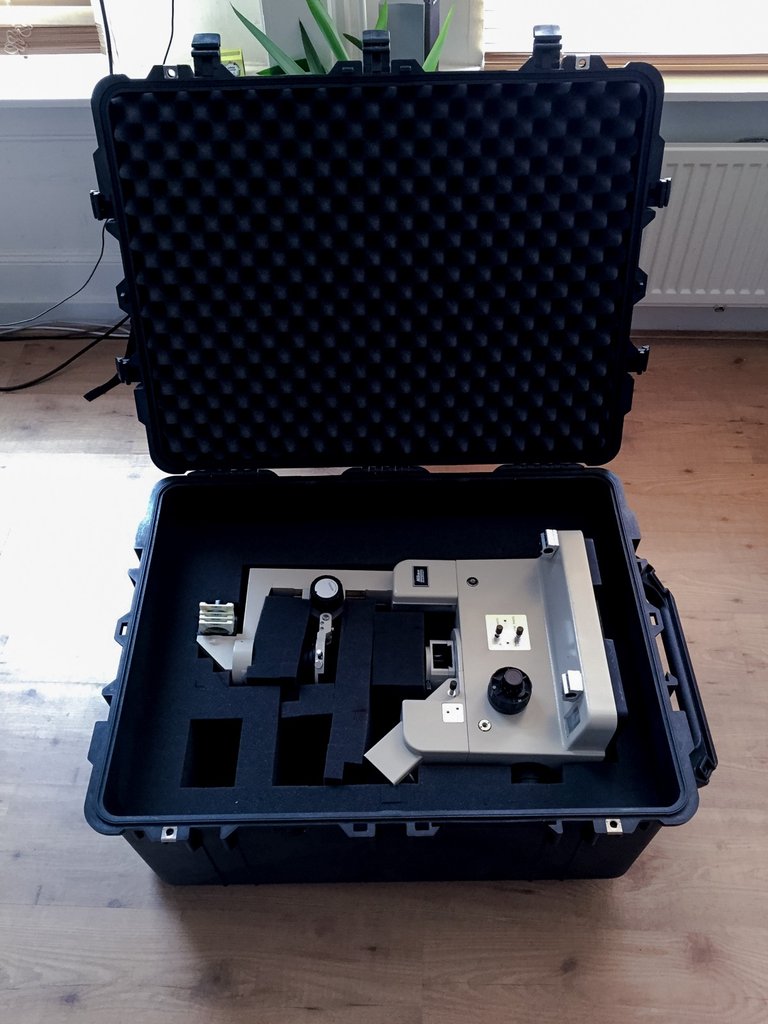
Pelicase its trolly handle removed (2.1KG), foam reduction (1,1KG) and disassemble of lenses, filters, condenser, light, eyepieces and its scanning stage. Basically only the microscope base is left.
All the other parts would then be combined with my other (hand) luggage. Depending on its fragility they were placed ether in my luggage or hand luggage.

An older image showing a small selection of the parts that needed to be removed and needed to be repacked in ether my luggage or hand luggage.
It is quite a scare putting your microscope in a suitcase for the first time, “letting it out of your hands” and putting it on a plane. Lucky enough everything went without problems, getting it back safely “in one piece”. Honestly I did not expect it to go so smoothly, I expected some more difficulties checking in a microscope, or taking it though customs. So this is hopefully a good sign for any future international travels.
After arriving in the hotel the microscope needed to be re-assembled, cleaned, aligned and checked. Something that can take up quite some time to get perfect.
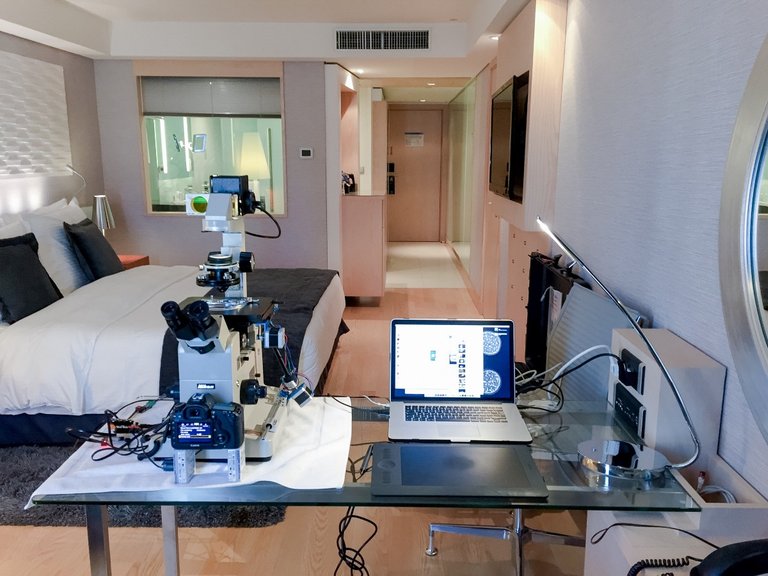
Assembling the microscope in the hotel
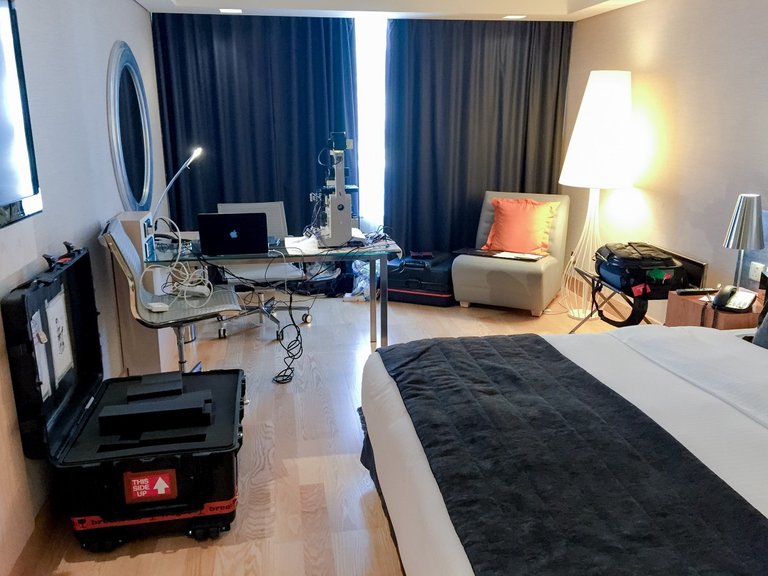
Assembling the microscope in the hotel
Everything seemed to be in order it was time to relax and get ready for the next day. The production team already did a great job in the last days creating a beautiful area.
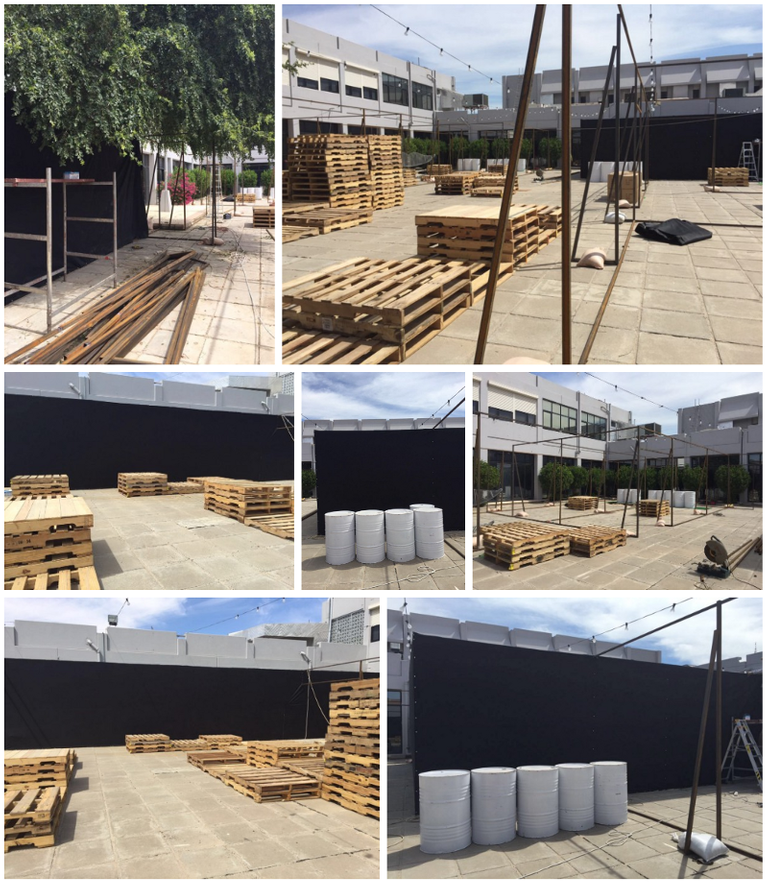
Images of the 1st day arriving at the venue of DAI Yarmouk, the venue was still in its build up phase. [© Reuse ]
The next day the production team was working hard on the venue. Repairing everything before the opening that was due the next day at 13:00. building up the venue. For me this meant I needed to test out the microscope by crystallizing a tear and check the influence of the environment on the tear.
Why the environment you might ask? Well the crystallisation process of a tear is determined by different variables such as humidity, temperature and your unique physiology. So since we will be outside and in Kuwait chances are there that the humidity and temperature differences during the day will also influence the crystallisation process. So just to test what I expect its good just to do a test and see what happens differently.
Basal Tear crystallisation
Above you see one of the crystallisation in real time happening, this would classify as my fastest tear crystallisation ever. Since the fastest one I have ever encountered, was longer then 10 minutes when done in a natural way.
Even tho the speed was higher then expected, the crystals formed from the tears still made its fascinating structures and shapes. So the first test gave a good result, but the crystallisation speed was higher then expected compared to the speed that I normally encounter in The Netherlands. The crystals seemed to be smaller, but was this because they did not have the time to slowly form and grow? Something to keep in mind when crystallizing more tears during the next days.
Microscope… Check ✔︎ Time to build up and prepare all other gear and materials for the exhibition. With the 30 artworks of tears arriving from the local printers the exhibition area was getting ready to be opened.
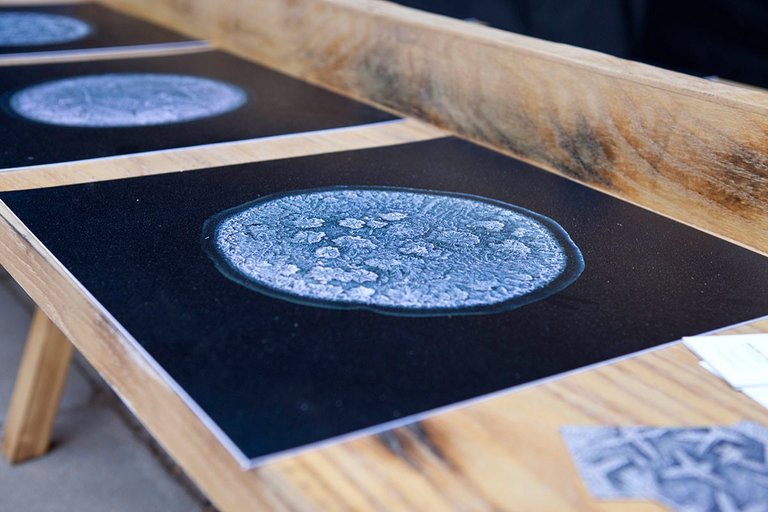
Maurice Mikkers of the Netherlands fused art and science in his work. His signature photography project is entitled Imaginarium of Tears. [© Eva Staber/Al Jazeera]
The next day the DAI Yarmou venue was ready, and the REUSE festival opened. Featuring performances, installations, talks, workshops, meetings and inspiration from more than 50 artists representing 14 countries for the next 2 days.

During these two days I met a lot of people that had visited the Exhibition of “Imaginarium of Tears” sharing not only there tears but also there private stories and giving me more insights into there culture.
The interview (starting at 14:06) gives you more insights on the experience I “Imaginarium of Tears” during the REUSE festival in Kuwait.
Results of the “Imaginarium of Tears” live experience sessions:
The people of Kuwait were very willing to donate their tears and stories, the only problem with such a short time on location (2days). Is that not everybody can get a chance to cry ,since creating these artworks costs quite some time.
In general it can take up to 1h too image the tear fully, this is because the enlargement of 250X can not capture the tear fully in 1 frame of the camera. So the DIY microscope scanning stage needs to move in little steps so that the camera can take up to +/- in this case 100 images to capture the full tear. Later on these images are stitched together with software creating a full view of the tear.
Next to the time factor, its also hard to always cry on command on location especially if its not a familiar environment “full of strangers”. Even a separate room (tear booth) will sometimes not help to isolate yourself for a select time.
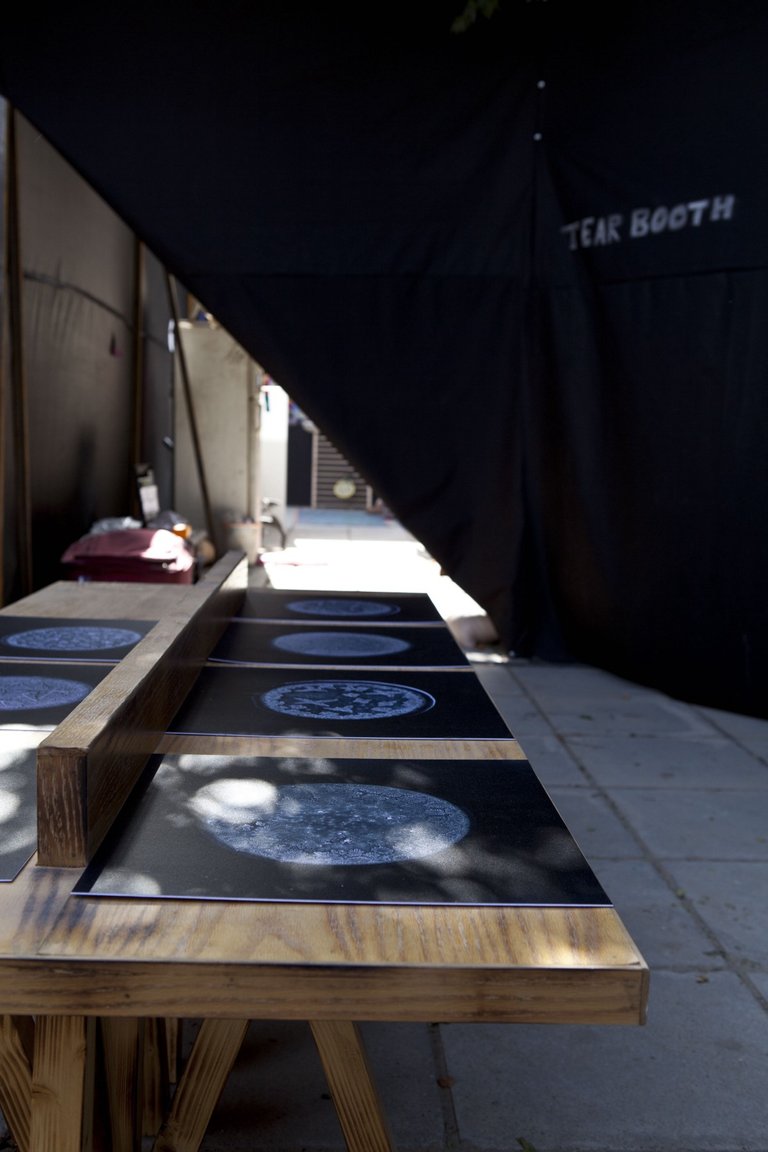
Maurice Mikkers of the Netherlands fused art and science in his work. His signature photography project is entitled Imaginarium of Tears. [© Eva Staber/Al Jazeera]
Due to this fact and “pressure” people stay desperate to get their tears. Some of the donators stayed in the tear booth for over 2 hours coming out with just a small drop large enough to be turned into a unique work of art. Others took more rigorous measures and tried to make another cry by pinching or making another laugh.

Other choose for a more conventional way, looking in to the wind of a ventilator or forcing their tears out by cutting unions.
Below you can see a total overview of all tears donated together with their stories.
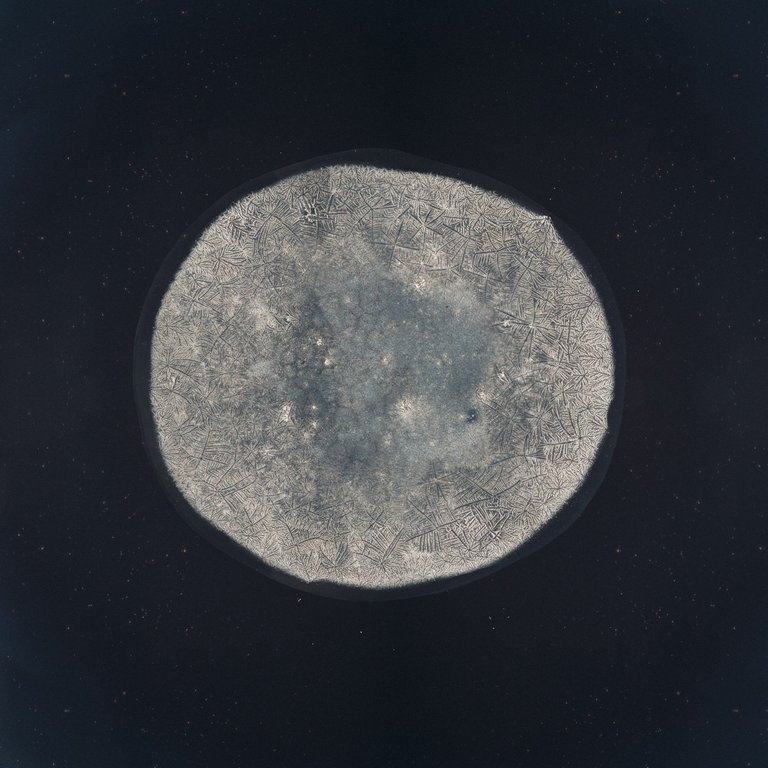
Farid: Emotional Tear of empathy regarding refugees.
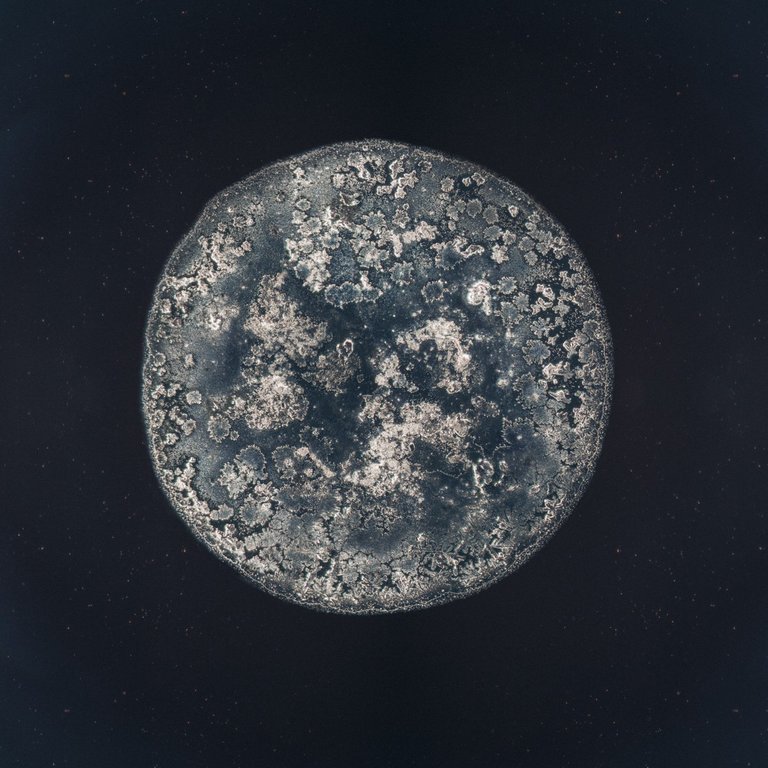
Dana: Reflex tear from a irritated eye.
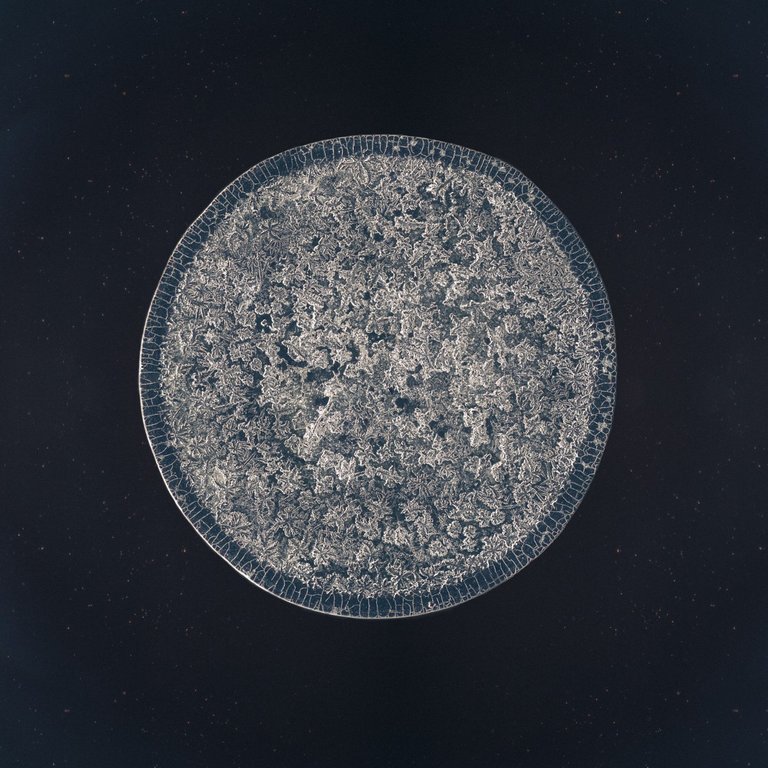
Zahed: Reflex tear from cutting unions.

Noemi: Reflex tear from cutting unions.
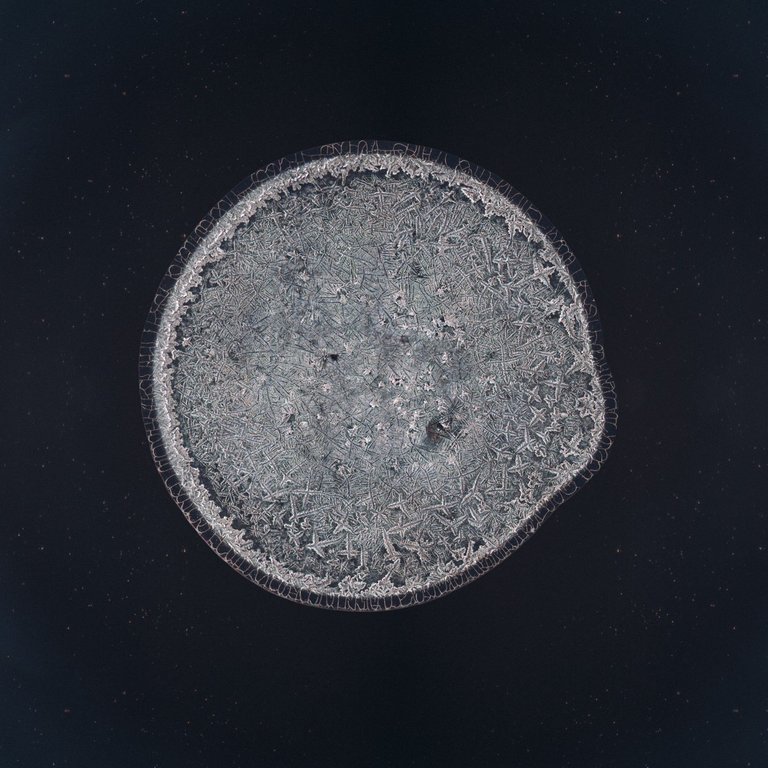
Nathalie: Basal tear induced by direct sun light
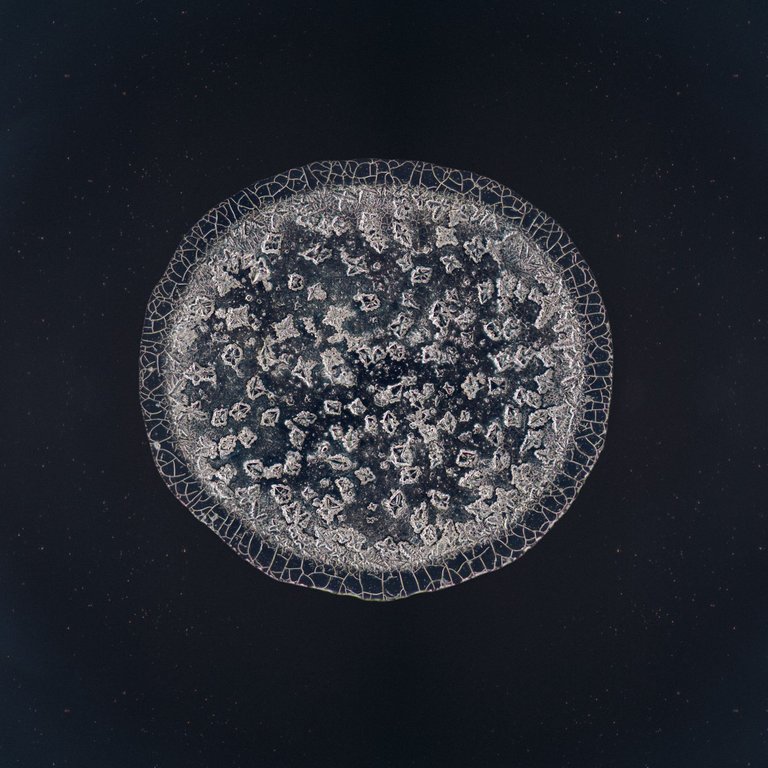
A.S.N Rao: Basal tear from extended period of not blinking.

Aaron: Reflex tear from cutting unions.
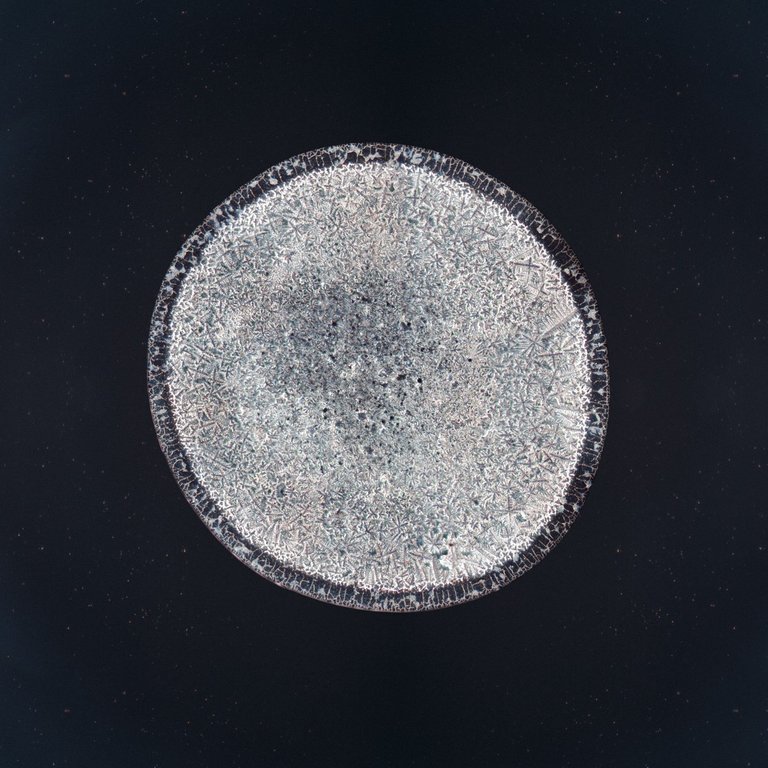
David: Emotional tear
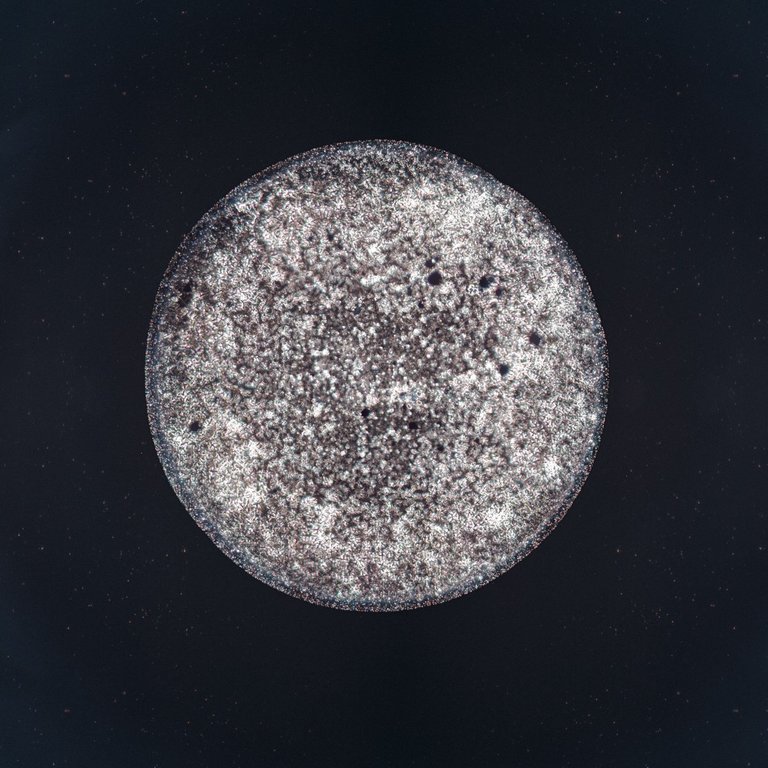
Hind: Reflex tear from cutting unions.
The results are very insightful when it comes to my new developed technique, the new microscope, DIY scanning stage and software together with a new environment gave me all the needed variables to test out and check the process and tweak it for future purposes.
The things that should be taken care of in the future when it comes to imaging the tears with the new microscope are:
- Remove any ND or Polarisation filter for the process
- Find a stable and fixed way of imaging (more stable table)
- Use fixed camera settings (ISO and Shutter speed)
Cause of the use of ND filters and Polarisation filters (that where sometimes not removed) the tears turned out more dark. To compensate this the camera iso and shutter speed had to go up (depending on tear some variations). Sometimes the shutter speed was so low that the slightest movements would occur in the image due the unsuitability of the table used. This all together made the tears look inconsistent in terms of colour, light and contrast values, and would result in a lower stitch score of perfection.
Next to that the DIY microscope scanning stage would need some adjustments in terms of accuracy to make sure a blurred image would not ruin the stitch. This could be solved to take more smaller steps and a bigger overlap in the image grid.
Also the speed of the crystallisation is something to take in to notice when working on location in the future. Sometimes crystallisations went so fast that the tear drops where crystalised before I could record them.
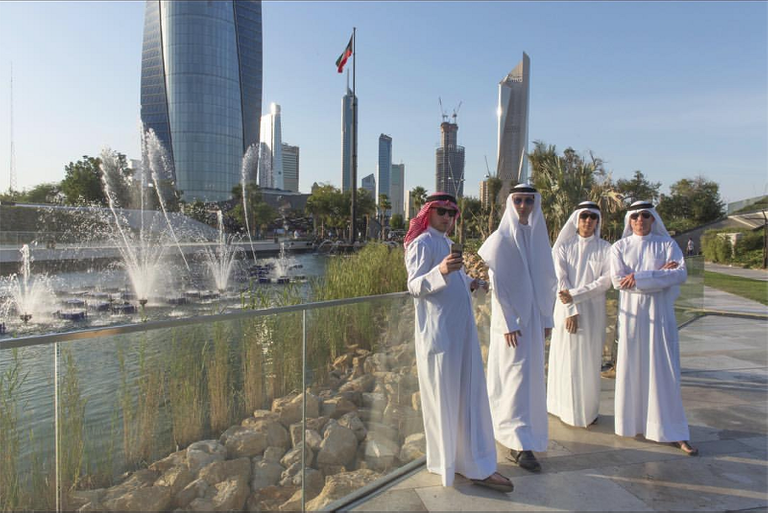
A picture of myself and fellow artists (I'm wearing the red Keffiyeh)
oh maurice.
you just keep going
and going
and going
goingz
Nicely done Maurice!
Your neighbor in Kuwait.
this is phenomenal!!!
Glad to hear you are liking it! Thanks!
Awesome job! Who would of thought that tears were like snowflakes? It would be awesome to see the captures with different emotions. Tears of joy, fear, anger, love, hate, etc. I know this would be very difficult to recreate in a lab, but it would be very interesting to see those results.
Thanks @jaysanz, this is something I'm currently working on. Its indeed something that is very difficult due the equipment needed. Next to that you need participants and moments that are genuine. I hope in the future to do a Indigogo or kickstarter to get my small lab more equipped and to give the donators a unique new view on the world. I actually have tears of joy, frustration, mourning, happiness, sadness but there are so many more people with there stories that need to be told, no mater what they want to tell... make it visual and memorable for life.
Looking forward to it! I'm sharing this post to my FB and Twitter. If we make this a trending post you may get enough cash here for the equipment.
Good job) Unreal cool, and it is very difficult to look at)
Different emotions different bacteria ? Nice job mate this is so good to know about . thanks !
science divides tears in three types; Basel tears, reflex tears and emotional tears. And that the tear fluid of all tear types consists of: water, lipids, glucose, mucin, lactoferrin, lipocalin, lacritin, immunoglobulins, urea, sodium, potassium, chloride, manganese and lysozyme.
But that there was one exception, the emotional tear, it contains more then the contents above, it also contains: Prolactin, adrenocorticotropic and leucine enkephalin (a natural painkiller)
So 1 part is that different kinds of tears contain different kinds of things + temperature + humidity together with the unique physiology of the body make up for different tear shapes.
Wow, I have read and seen images/videos of water that has different structure depending emotions around, but tears, first time. Thanks for sharing!
I think you mean Emoto? or not ?
Nice @mauricemikkers!
Good stuff @mauricemikkers!
photography is growing every day!
Thanks!